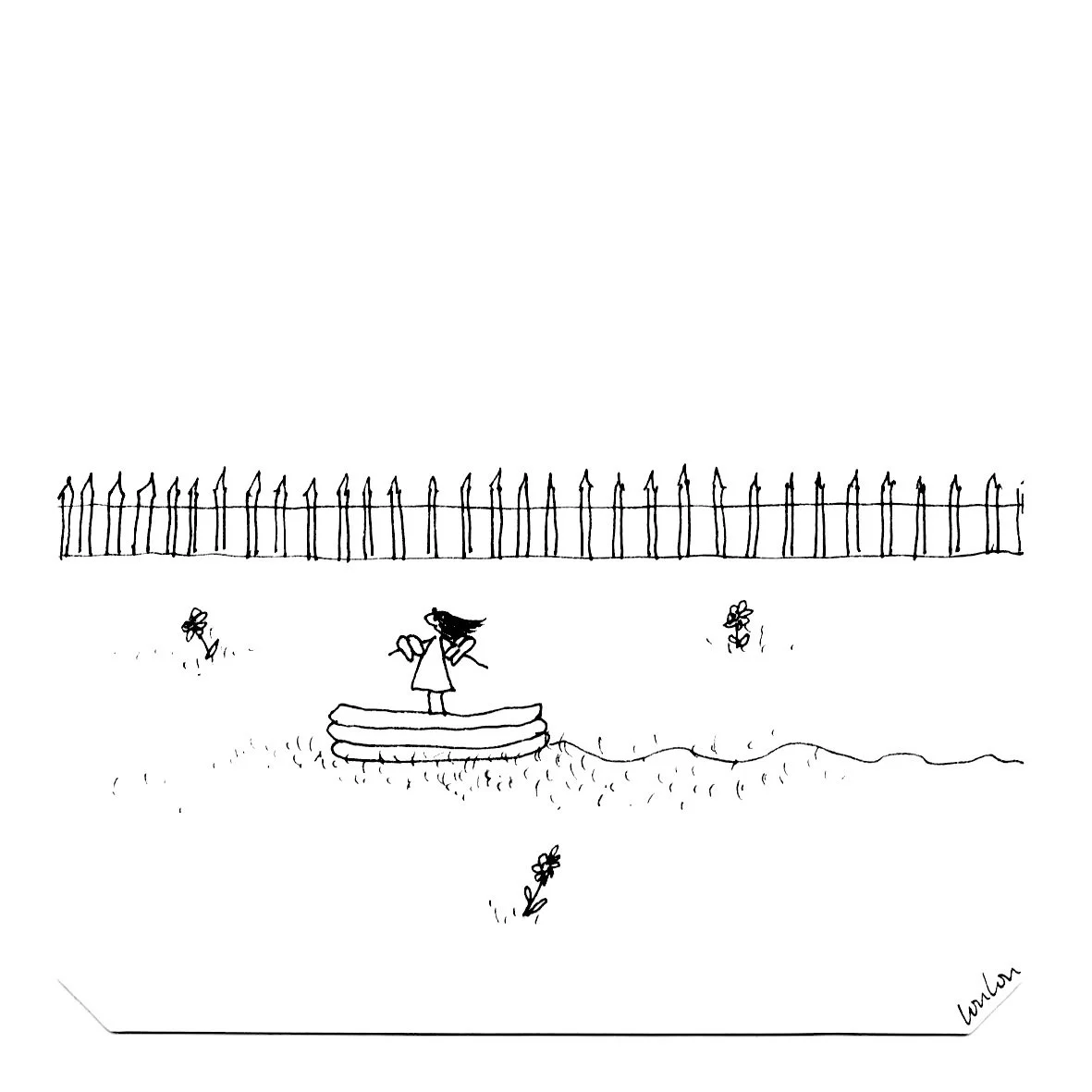Cold water courage.
Courage, Cold Water, and Cortisol
I'm not going all Wim Hoff on you, but if you want to reduce your anxiety, mood swings and belly fat then lowering your cortisol is important, and cold water can help you do that. It takes a certain level of courage to embrace the discomfort of cold water therapy. This mental resilience is part of the therapeutic process, helping you not only in adapting to the physical effects of cold exposure but also in managing stress and anxiety more effectively in daily life. This helps lower your cortisol levels and that can help to reduce the stubborn, unhealthy fat around your middle.
The idea of using cold water as a therapeutic tool for mental and physical health has caught significant attention, especially with practices like the Wim Hof Method. The science behind this idea is rooted in the relationship between cold exposure and cortisol levels in the body. Cortisol, often referred to as the stress hormone, plays a crucial role in various bodily functions, including regulating mood and metabolism. It’s great if you live by the sea and can take a daily dip, all year round. Or if you have a giant tub of ice you can dunk in. But these are the extreme ends of cold water therapy. You don’t need to go the whole hog to reap the rewards. Nevertheless let’s take a look at how it works.
Cold Water and Cortisol: The Science
When the body is exposed to cold water, it triggers an acute stress response, leading to a temporary increase in cortisol levels. This might sound counterintuitive, but it's a natural reaction of the body to perceived stress or danger. However, regular cold exposure can lead to a long-term decrease in baseline cortisol levels, thus potentially reducing feelings of anxiety and mood swings. This adaptation can be attributed to the body's ability to become more resilient to stress over time.
Moreover, reduced cortisol levels are associated with decreased abdominal fat. High cortisol levels have been linked to fat accumulation in the belly area, so managing cortisol through cold water exposure could be a strategy in tackling unhealthy belly fat. At the very least it’s another tool to help calm your cortisol.
Wim Hof Method: An Extreme but Illustrative Example
The Wim Hof Method, developed by Dutch extreme athlete Wim Hof, combines cold therapy, breathing techniques, and meditation. Participants gradually expose themselves to cold through cold showers, ice baths, and even swimming in icy waters. This method has gained popularity for its claimed benefits in mood improvement, increased energy levels, and enhanced immune response. But as I say you don’t need to go all Wim Hof to enjoy the benefits of cold water.
Practical Steps: From Splashes to Showers
I have been known to swim in rivers and the sea in mid-winter but not often enough to build up the benefits over time, and I don’t think I am hardy enough to be committed to doing that, even if I lived near water that I could swim in. Not everyone needs to take extreme measures like Wim Hof to experience the benefits of cold exposure. I do the small things that I can manage to keep doing, like splashing cold water on my face in the mornings, and turn my shower to cold for the last 30 seconds. I am building up my stamina to have the cold water on for longer, but I’m taking it slowly. If you are braver than me go for more. If not, do what you can.
WARNING: Less is definitely more. Stop before you get numbness, pain or shivering. Check with your GP beforehand to make sure it’s safe for you to do cold water therapies.
Here are 10 actionable steps to safely incorporate cold water therapy into your routine:
Start with Cold Water Splashes: Begin your day by splashing your face with cold water. This can help invigorate your senses and reduce morning grogginess.
30-Second Cold Shower Finish: At the end of your regular shower, switch to cold water for 30 seconds. This short burst can stimulate the stress response in a controlled manner.
Gradual Temperature Reduction: Gradually reduce the temperature during your showers over several weeks.
Cold Water Hand or Foot Bath: Immerse your hands or feet in cold water for a few minutes daily.
Breathing Techniques: Combine your cold exposure with deep, controlled breathing to maximize the stress-reducing effects.
Consistent Routine: Make cold exposure a regular part of your daily routine for long-term benefits.
Outdoor Exposure: If possible, take a walk in cooler temperatures wearing slightly less than comfortable clothing.
Cold Swimming: If you have access to a safe, natural body of water, try brief swims in cooler temperatures.
Ice Packs: Apply ice packs to the neck or shoulders for short periods.
Full Cold Shower: Gradually work up to taking full cold showers.
While the thought of cold water therapy might send shivers down your spine, its potential benefits for reducing cortisol levels, combating anxiety, mood swings, and belly fat are worth considering. Starting small and gradually increasing exposure can make this practice a sustainable and beneficial addition to one's wellness routine.
PS. If you would like support in growing your inner courage, calm and confidence for a better life, book in for a free chat and we can take it from there: BOOK A CHAT



